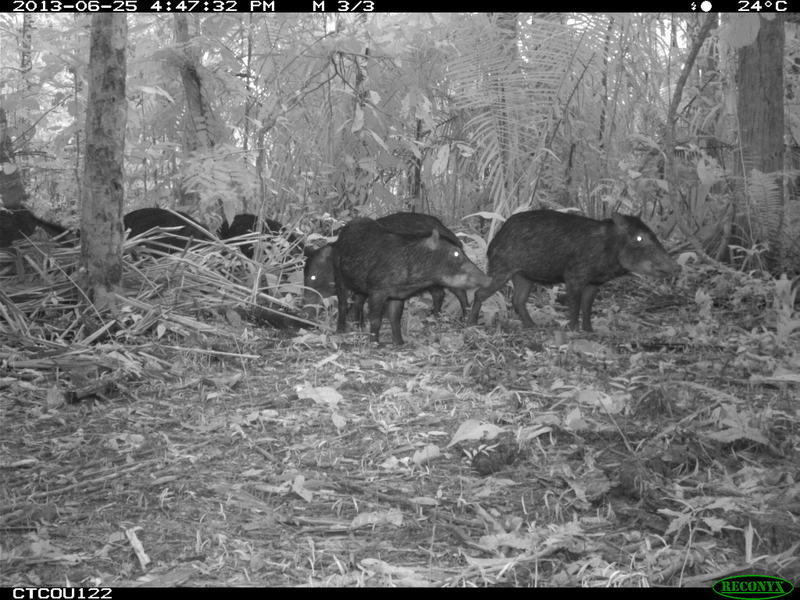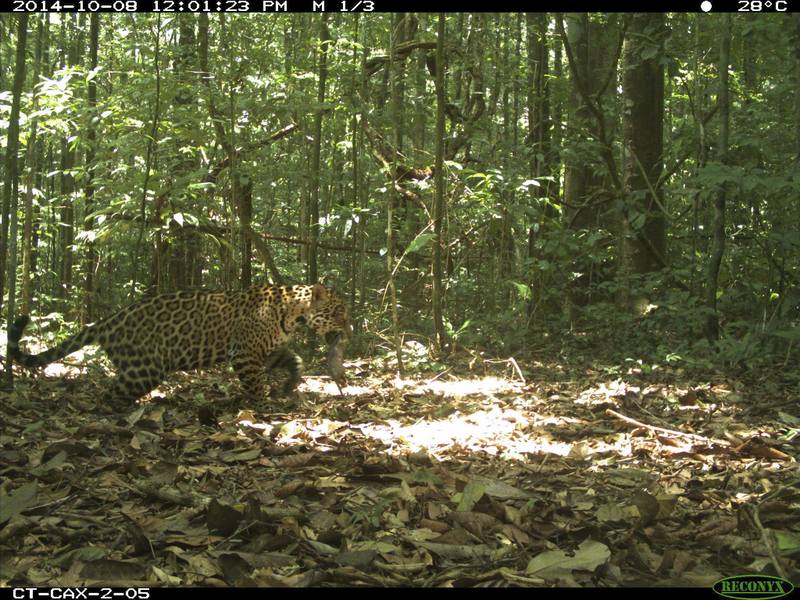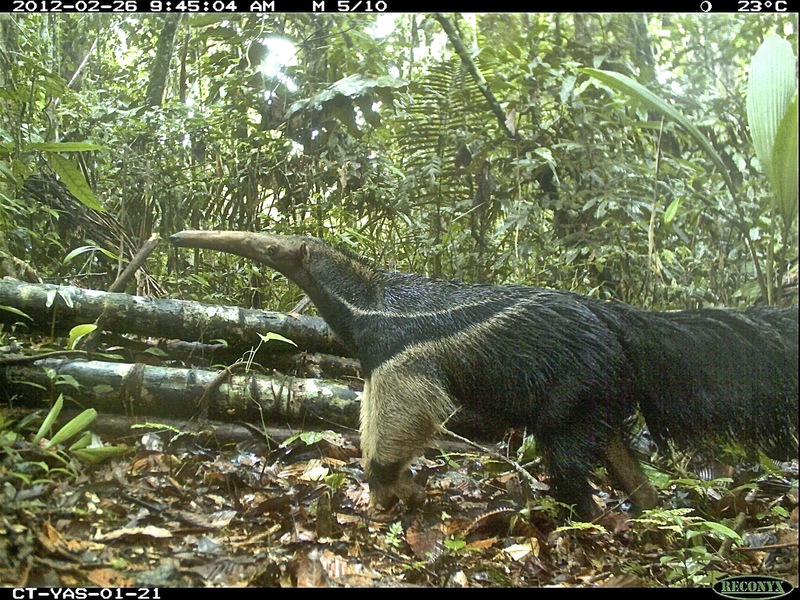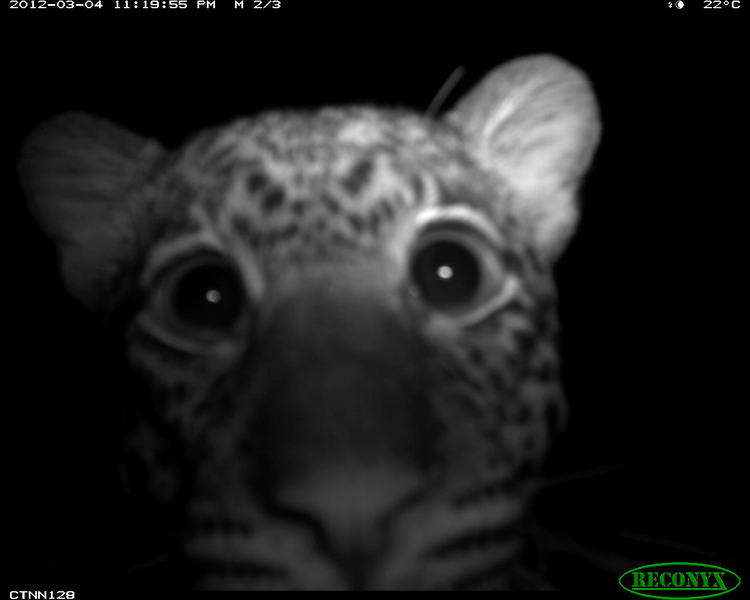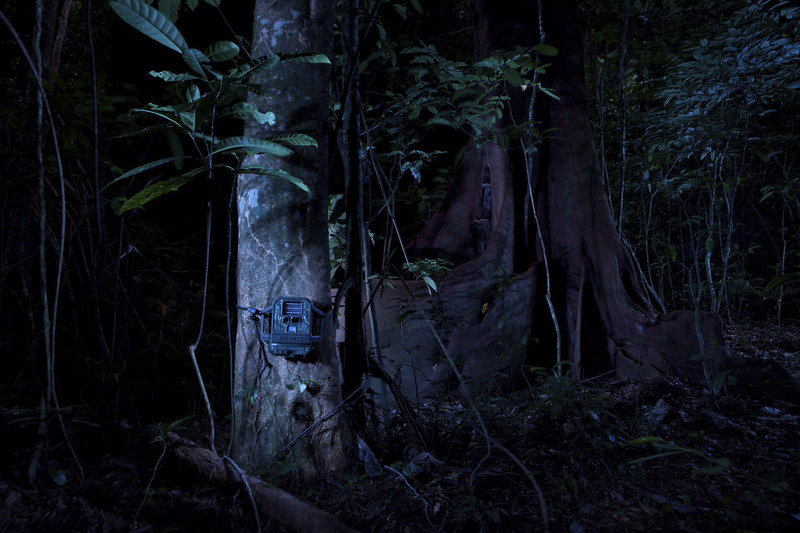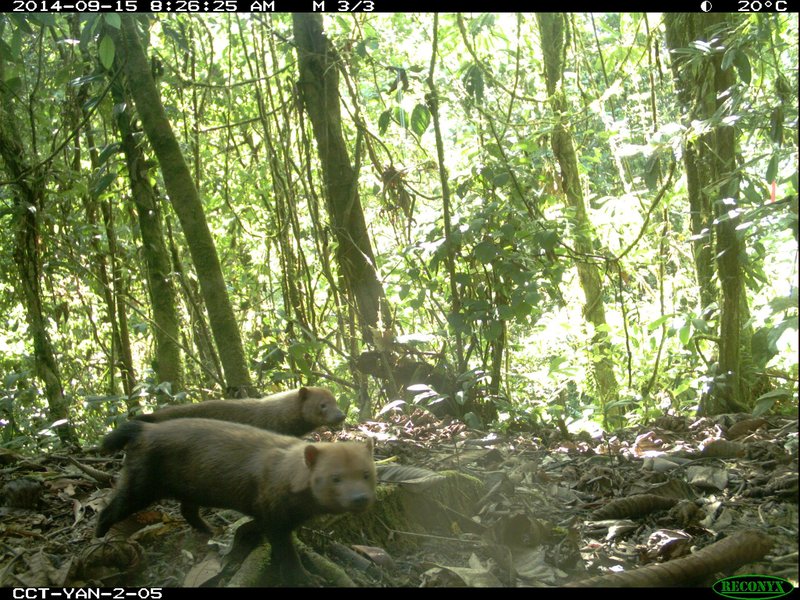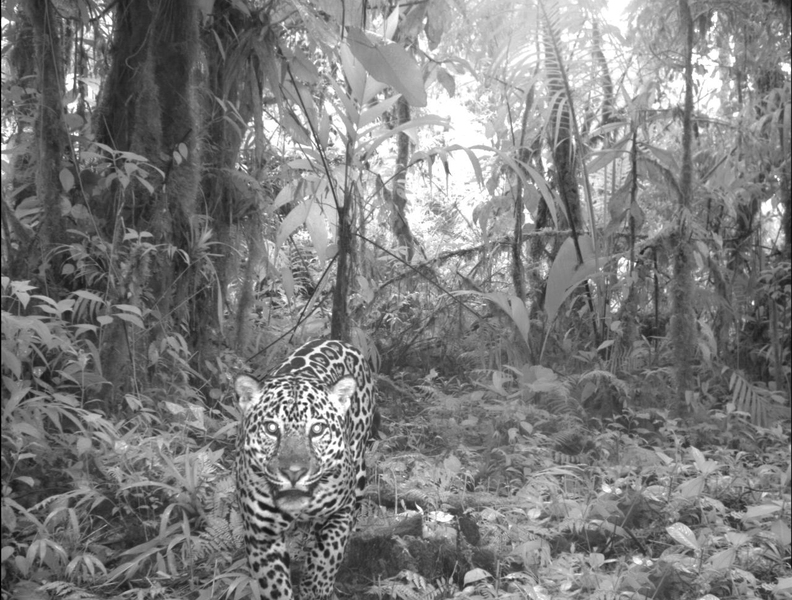Photos: Hidden Cameras Find Diverse Animals in Tropical Forests
"Photos, or it didn't happen," is a challenge commonly heard during these skeptical times. And scientists representing a global conservation collaboration called the Tropical Ecology Assessment and Monitoring Network (TEAM) have shared photographic evidence of thriving biodiversity in 15 tropical forests across three continents.
Captured by a networked array of more than 1,000 camera traps, 2.5 million images of birds and ground-dwelling mammals — a mere handful of which are shown below — revealed highly diverse ecosystems in protected forest areas. By analyzing images across the network of cameras, scientists discovered that many of the observed animal populations were stable and even multiplying, a strong indicator that protected areas play a critical role in preserving threatened and endangered species. [Read full story about these wildlife "selfies"]
White-lipped peccaries
Over the past few years, the white-lipped peccaries (Tayassu pecari) were outcompeted by collared peccaries in this part of the Cocha Cashu Manú National Park in Peru. (Credit: TEAM Network and Duke University)
African forest elephant
African forest elephant (Loxodonta cyclotis) from TEAM's site in Nouabale Ndoki National Park, Republic of Congo. This species is listed as vulnerable by the International Union for Conservation of Nature (IUCN). (Credit: TEAM Network and Wildlife Conservation Society)
Jaguar and prey
Get the world’s most fascinating discoveries delivered straight to your inbox.
A jaguar (Panthera onca) — the largest cat of the Americas — with prey, in Caxiuanã National Forest, Brazil. (Credit: TEAM Network and Conservation International)
Giant anteater
A giant anteater (Myrmecophaga tridactyla), the largest species of living anteaters, in Yasuní National Park, Ecuador. (Credit: TEAM Network and Missouri Botanical Garden)
African bush elephants
African bush elephants (Loxodonta africana) in Nouabale Ndoki National Park, Republic of Congo. This species is listed as vulnerable by the IUCN. (Credit: TEAM Network and Wildlife Conservation Society)
Leopard
A leopard (Panthera pardus) in Nouabale Ndoki National Park, Republic of Congo. This widespread, adaptable species survives in parts of sub-Saharan Africa where other big cats have vanished. (Credit: TEAM Network and Wildlife Conservation Society)
Nocturnal Curassow
Nocturnal Curassow (Nothocrax urumutum) in Yasuní National Park, Ecuador. TEAM monitored 244 species of ground-dwelling birds and mammals. (Credit: TEAM Network and Missouri Botanical Garden)
Camera trap, Tanzania
TEAM's Terrestrial Vertebrate Protocol utilizes the world's largest system of camera trap arrays to monitor bird and mammal diversity. (Credit: Benjamin Drummond)
Collared peccary
Collared peccary (Pecari tajacu). When this species started populating a new area of Cocha Cashu Manú National Park, they outcompeted the white-lipped peccary population there. (Credit: TEAM Network and Duke University)
Bush dogs
Two rarely-seen bush dogs (Speothos venaticus) are captured for the first time in Yanachaga–Chemillén National Park, Peru, by TEAM camera traps. (Credit: TEAM Network and Missouri Botanical Garden)
Drills
Male Drill (Mandrillus leucophaeus) close-up in Cameroon, with a female and juvenile in the background. Drills are native to Cameroon, Equatorial Guinea, and Nigeria, though the IUCN currently describes their distribution as "uncertain." (Credit: TEAM Network and Smithsonian Tropical Research Institute)
Jaguar
The jaguar (Panthera onca) once ranged through the southwestern U.S. through the Amazon basin, but is now a near-threatened species, estimated by the IUCN to presently occupy about 46 percent of its historic range. This individual was photographed at Volcán Barva, Costa Rica. (Credit: TEAM Network and Conservation International)
Follow Mindy Weisberger on Twitter and Google+. Follow us @livescience, Facebook & Google+.

Mindy Weisberger is a science journalist and author of "Rise of the Zombie Bugs: The Surprising Science of Parasitic Mind-Control" (Hopkins Press). She formerly edited for Scholastic and was a channel editor and senior writer for Live Science. She has reported on general science, covering climate change, paleontology, biology and space. Mindy studied film at Columbia University; prior to LS, she produced, wrote and directed media for the American Museum of Natural History in NYC. Her videos about dinosaurs, astrophysics, biodiversity and evolution appear in museums and science centers worldwide, earning awards such as the CINE Golden Eagle and the Communicator Award of Excellence. Her writing has also appeared in Scientific American, The Washington Post, How It Works Magazine and CNN.


